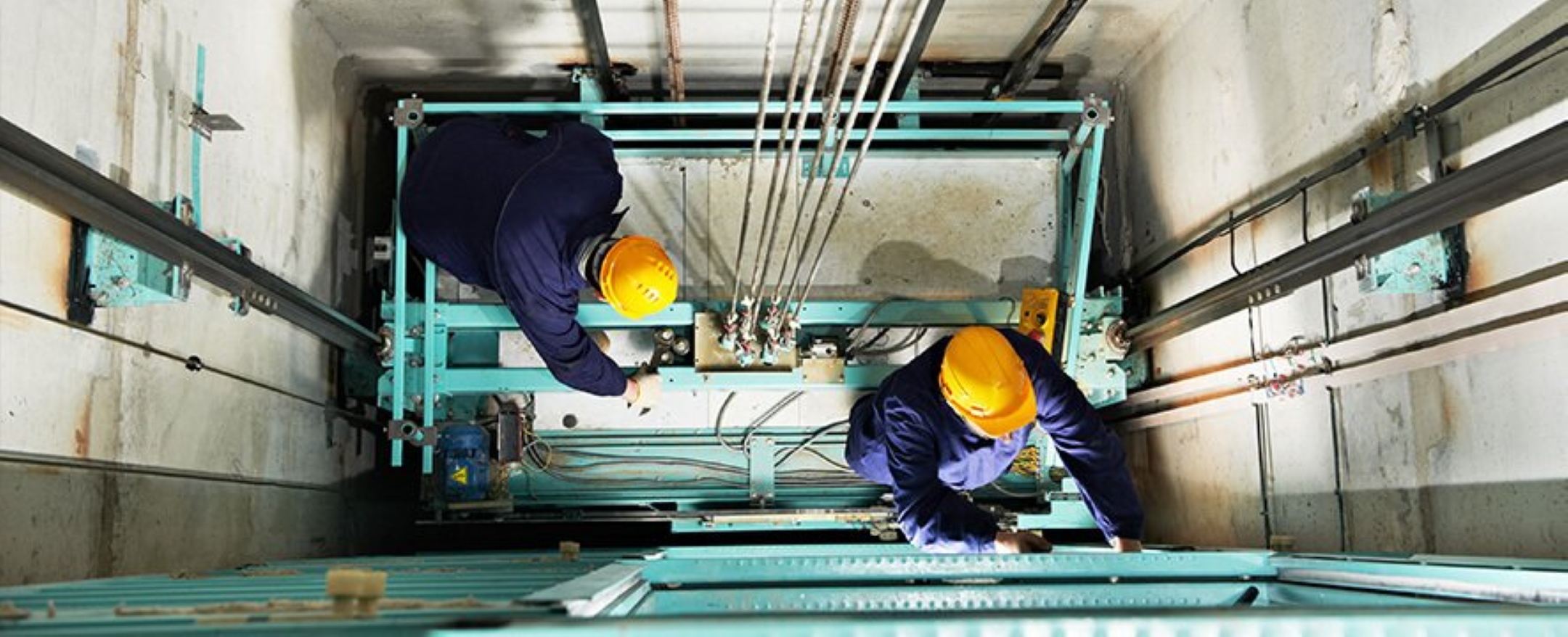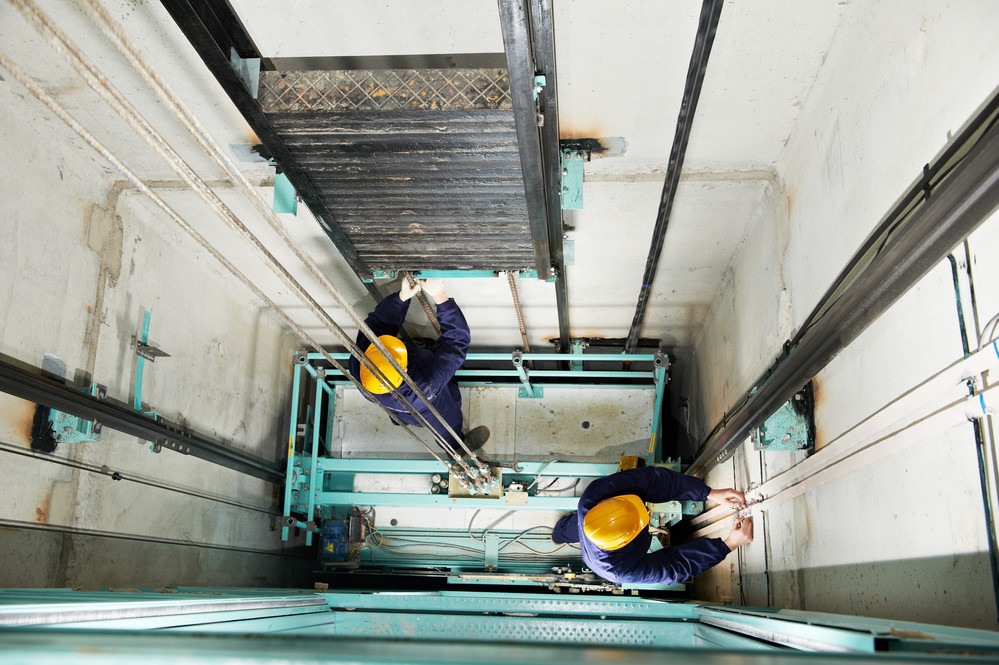Lift Modernization Services-- Revamp Your Lifts with Cutting-Edge Technology
Wiki Article
Necessary Overview to Recognizing Handicapped Platform Lifts and Their Capability
Comprehending the details of impaired system raises goes beyond mere recognition; it requires an extensive understanding of their functionality and layout. The stringent security regulations and upkeep considerations connected with platform lifts are extremely important in guaranteeing their dependability and durability - elevator maintenance.Kinds Of Impaired System Lifts
There are a number of kinds of impaired system raises made to provide accessibility for people with mobility challenges. Vertical system lifts are a prominent option as they move directly up and down, making them suitable for shorter distances and where room is restricted. These lifts are frequently set up in homes, schools, and business structures to aid mobility device customers in navigating various levels. Inclined system lifts, on the other hand, appropriate for places where a vertical lift may not be viable because of building constraints. These lifts comply with the slope of stairways, offering a smooth and secure adventure for people with wheelchair issues.An additional type of impaired system lift is the portable lift, which offers flexibility and ease. These lifts can be easily moved from one place to an additional, making them suitable for temporary events or situations where a permanent installment is not feasible. Additionally, exterior system lifts are developed to hold up against varying weather, permitting individuals to access outside rooms effortlessly and freedom. Each sort of disabled platform lift serves an one-of-a-kind purpose in enhancing ease of access and improving the quality of life for individuals with mobility challenges.
Trick Components and Devices
Handicapped system lifts, such as vertical and likely lifts, count on particular essential elements and mechanisms to ensure smooth and risk-free transportation for people with mobility obstacles. One necessary part of these lifts is the system itself, which acts as the structure for transporting individuals - lift modernization. The system is designed to be tough, roomy sufficient to fit wheelchairs or movement devices, and outfitted with safety functions such as guardrails and non-slip surface areas to stop accidents throughout transportation
In addition, safety sensors and emergency situation stop switches are integrated into impaired platform lifts to enhance user safety and prevent crashes. These parts collaborate to develop a trustworthy and effective transportation remedy for individuals with movement problems.
Installation and Upkeep Factors To Consider

Routine maintenance is equally essential to maintain disabled platform lifts running efficiently. By focusing on proper installment and thorough upkeep techniques, the longevity and performance of handicapped system lifts can be made the most of, benefiting both users and center managers.
Security Functions and Rules
Ensuring conformity with safety laws is paramount when assessing the performance of safety attributes in disabled system lifts. These lifts are subject to particular safety and security criteria to safeguard customers, making it important for manufacturers and drivers to follow these guidelines. Safety and security functions typically found in disabled platform lifts include emergency situation stop switches, security obstacles, interlocks, and under-platform sensors. Emergency quit buttons enable instant halting of the lift in case of an emergency, while safety and security obstacles protect against individuals from accidentally falling off the platform. Interlocks make certain that the lift doors are securely shut prior elevator maintenance to the lift runs, improving individual safety and security. Under-platform sensors detect obstructions beneath the lift, preventing it from descending if a things remains in the method. In addition, normal upkeep and examinations are required to ensure that safety functions are operating properly and in conformity with regulations. By focusing on safety functions and adhering to policies, handicapped system lifts can provide risk-free and effective transportation for people with impairments.Benefits of Making Use Of Platform Lifts
Compliance with safety and security regulations and the execution of crucial security attributes in disabled platform lifts contribute to the total advantages of using these lifts for people with disabilities. Past security, system lifts provide an array of advantages that improve availability and comfort. In general, the comfort, freedom, and inclusivity promoted by platform lifts dramatically enhance the quality of life for individuals with impairments, making them a vital ease of access solution.
Conclusion
In conclusion, handicapped system lifts come in different types with key elements and systems that permit for risk-free and reliable operation. The benefits of making use of system lifts consist of boosted access and freedom for people with specials needs.Report this wiki page